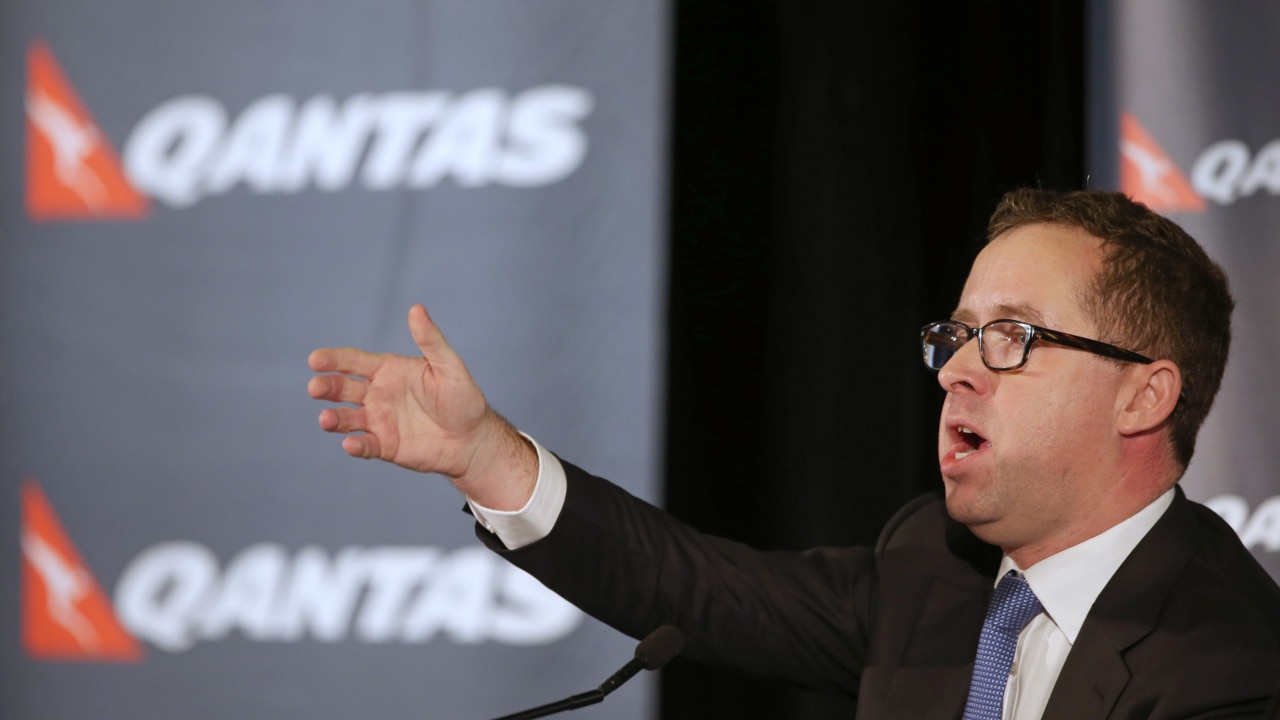How airline loyalty programs became multibillion-dollar businesses
Airline loyalty programs are now multibillion-dollar businesses thanks to a simple strategy of selling points for more than twice what they’re worth.

Airline loyalty programs are now the most valuable segment of many carriers, thanks to a simple strategy of selling miles or “points” for more than twice what they’re worth.
In the case of Qantas frequent flyers, new analysis valued the program at more than $6bn, making it the 13th most valuable airline loyalty scheme in the world.
Virgin Australia’s Velocity also saw its value grow in recent years, climbing from $1.78bn in 2020 to $2.1bn in 2023, to be ranked 31st out of 170 programs.
Asia-based On Point Loyalty prepared the analysis, taking into account the airline, the main operating country and the program itself. Managing partner Evert de Boer said Delta Air Lines’ SkyMiles was found to be the most valuable with an estimated worth of $40bn.
American Airlines’ AAdvantage and United Airlines’ Mileage Plus also made the top three, followed by Southwest Airlines’ Rapid Rewards and Lufthansa’s Miles and More.
Mr de Boer said loyalty schemes offered stability and consistency in an industry better known for its volatility.
“It’s just a wonderful business,” he said.
“The beauty of it is you’re selling miles (or points) to partners like big financial institutions at 2c each, but when it comes to incurring the costs (of redemptions) the cost of fulfilling the reward is significantly lower, let’s say 1c.”

For banks, retailers and other partners, airline loyalty schemes were an attractive investment, because of the value customers placed on travel as a reward, said Mr de Boer.
“People will go out of their way to get these miles or points, to ultimately be able to redeem them, and they see it as a very effective reward mechanism,” he said.
“A bank could also buy toasters or smart phones and give those to their customers but I think what they see is that people really love to collect these points and go on that very aspirational trip, so it’s an effective marketing investment.”
The US airlines’ loyalty programs’ huge value was reflective of the big populations they served, and the amount banks spent on acquiring miles.
“There’s a tonne of budget available to buy miles in the US and that helps the volume of miles being sold by these airlines, and that results in their big programs,” Mr de Boer said.
As a result, some loyalty schemes were now worth more than the airline itself, in “a case of the tail wagging the dog”.

Mr de Boer predicted loyalty programs would only get bigger in the years ahead as global markets realised their worth, and sought to capitalise on that.
In the case of Qantas, the airline boasted over 600 partners and was already “going into new areas and launching new business” to keep members engaged and attract new ones.
“Qantas frequent flyers is a bit of a gold standard in the world when it comes to being innovative and they keep saying they’re on a path to achieving half a billion dollars in profits in that segment alone which is really outstanding,” Mr de Boer said.
Airline loyalty schemes began rolling out in the 1980s, after Texas International Airlines began rewarding passengers for miles flown in 1979.
Qantas frequent flyers began in 1987 with 50,000 members signing on, a figure that is now 14.1 million.
Virgin Australia’s Velocity grew even more quickly following its launch in 2005, achieving 11 million members late last year.
The last 1 million members signed on between 2020 and 2022 as Virgin Australia emerged from administration with new owners Bain Capital.
Mr de Boer said Bain had been smart to realise what a strong asset Velocity was, and to rebuild Virgin Australia alongside it.
“They’ve built it up and established airline partnerships where people can redeem points on other airlines, which could pay some really handsome dividends for them down the line,” he said.






To join the conversation, please log in. Don't have an account? Register
Join the conversation, you are commenting as Logout